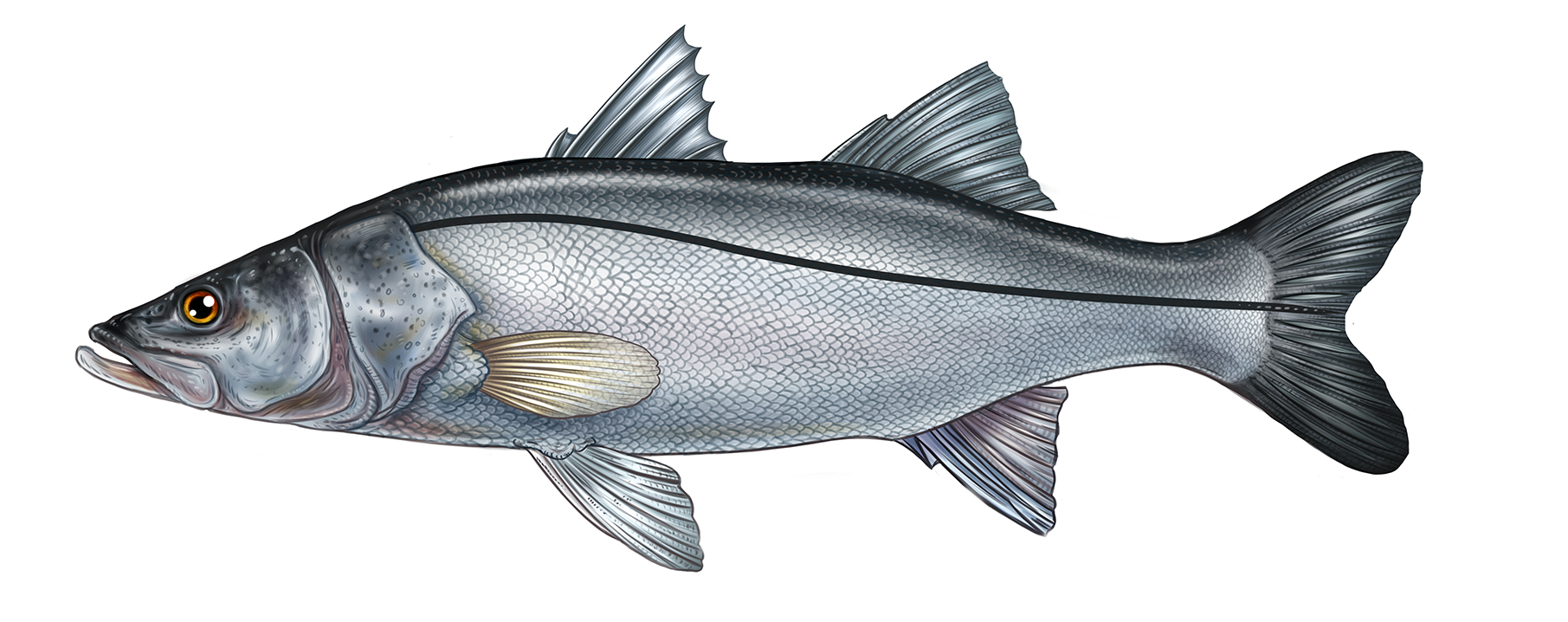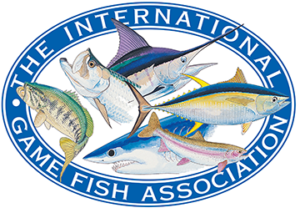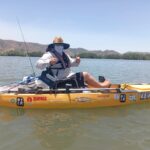Costa Rica Fishing Species – Snook (Robalo)

Costa Rica Snook Facts
- There are 6 varieties of Snook in Costa Rica with Black Snook having the genetic predisposition to grow the largest.
- The most recent snook world record was a Black Snook out of Costa Rica. Read about the Captain who’s boat landed the world record Snook here.
- The common Snook is a voracious predator and an amazing fighter. It’s also white flaky meat is highly prized. Because of this it is highly sought after in areas like Florida and Costa Rica.
- Snook spend part of their in fresh and saltwater – they can live in either.
- It is illegal to buy or sell snook in the USA….If you want to eat one, you have to go catch one
- Costa Rica produces some of the biggest Snook in the world with the both the current and previous world records coming out of Costa Rica – The biggest a Black Snook weighing in at 60lbs
- Snook are hermaphrodites and change sex throughout their lives from male to female, the exact reason is unknown but being studied.
CENTROPOMIDAE FAMILY also Called Robalo
(From the IGFA Fish Database)
 The genus Centropomus is confined to the American tropics and subtropics. Six species occur in the Atlantic and six in the Pacific. None occur in both oceans. They inhabit shallow coastal waters, estuaries and brackish lagoons, often penetrating far inland in fresh water. Their movements between fresh and salt water are seasonal, but they stay close to shore and never stray far from estuaries.
The genus Centropomus is confined to the American tropics and subtropics. Six species occur in the Atlantic and six in the Pacific. None occur in both oceans. They inhabit shallow coastal waters, estuaries and brackish lagoons, often penetrating far inland in fresh water. Their movements between fresh and salt water are seasonal, but they stay close to shore and never stray far from estuaries.
They are very distinctive and it would be difficult to confuse them with any other fishes. The lower jaw protrudes and a highly prominent black lateral line runs from the top of the gill cover along the sides and all the way through the tail. The body is compressed and the snout depressed and pike like. Two dorsal fins are separated by a gap. The second anal spine is conspicuous, spurlike, much thicker than the first and third. The margin of the preopercle is serrate, with 1 5 enlarged denticles at angle.
One of the axioms relating to fish species is that the colors will likely be variable depending on season, habitat, and/or any number of other conditions. The snook is no exception. The back of the snook may be brown, brown gold, olive green, dark gray, greenish silver, or black, depending largely on the areas the fish inhabits. The flanks and belly are silvery.
Its diet consists mainly of fish and crustaceans. Fishing methods include trolling or casting artificial lures or still fishing with live baits like pinfish, mullet, shrimp, crabs, or other small fish. Best fishing is said to be on the changing tide, especially high falling tide around river mouths and coastal shores and night fishing from bridges and in ocean inlets. A flooding or rising tide is more productive at creek heads.
An excellent table fish with delicate, white, flaky meat, it is a member of the Centropomidae family, which also includes the 200 lb (90.72 kg) Nile perch (Lates niloticus) and the barramundi (Lates calcarifer). It usually matures by the third year and has a life span of at least seven years. It is very sensitive to temperature and may not survive at temperatures below about 60oF (15oC)
Multiple species
Snook belong to the family Centropomidae, which contains 12 closely related species that inhabit both the Atlantic and the Pacific. The largest is thought to be the black snook, which is found only on the Pacific coast of Costa Rica and has the largest IGFA record, at 57 pounds, 12 ounces. Florida is home to five of these species: common snook, small-scaled fat snook, large-scaled fat snook, tarpon snook, and swordspine snook. It takes a pretty good eye to tell some of the species apart, and location of catch is often the best indicator. The snook on
Related Articles
Meet The Snook King of Costa Rica’s Pacific Coast
Everything You Should Know About Sport Fishing in Costa Rica




















